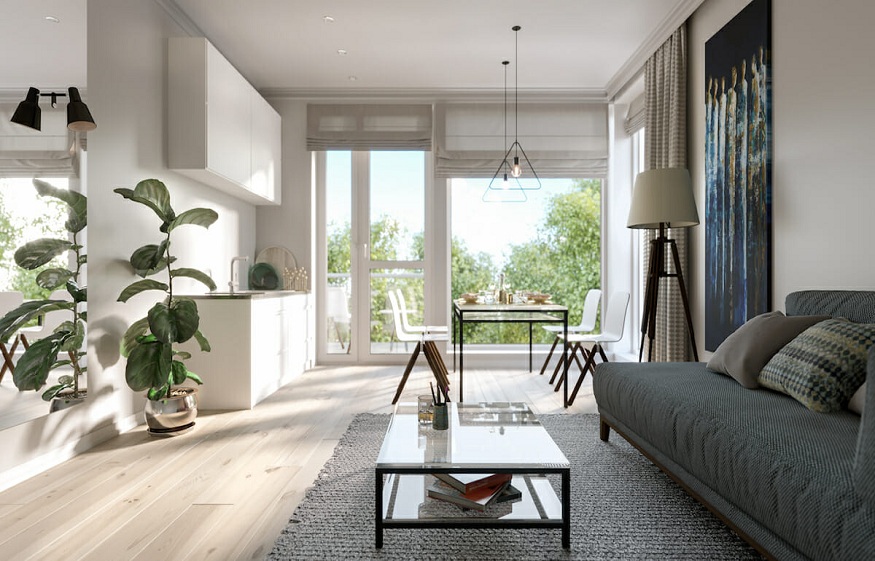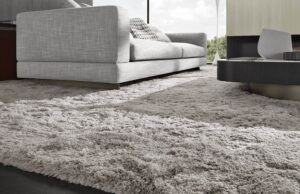Porcelain outdoor pavers’ exceptional blend of visual appeal and useful endurance has completely transformed outdoor design. These adaptable materials provide a superb substitute for conventional concrete, natural stone, or timber decking solutions for both homeowners and designers. The choice process becomes complex due to numerous aspects influencing longevity and performance and beauty traits. Making sensible decisions regarding porcelain pavers requires understanding their benefits along with their drawbacks which have the potential to result in poor results and avoidable expenses. For outdoor residential applications people often encounter eight common mistakes while purchasing outdoor porcelain pavers which this detailed article reviews.
1.Disregarding Slip Resistance Ratings
Forgetting to check slide resistance ratings on outdoor porcelain pavers results in dangerous situations that become worse when these surfaces get damp. The slip-resistance rating of porcelain pavers depends on their coefficient of friction (COF) evaluation. According to experienced professionals, select outdoor pavers based on a minimum 0.42 grade for flat surfaces and higher grades for sloped areas and aquatic areas such as pools. Textured porcelain options that are brushed and structured and matte finish structures provide higher traction than smooth polished surfaces do.
2.Choosing Thickness Incorrectly
A basic error that jeopardizes your outdoor paving project’s installation procedure and long-term performance is choosing the wrong thickness. Generally speaking, outdoor porcelain pavers are between 10 and 30 mm thick, while certain applications call for varying measurements. While larger varieties (20mm or more) provide more flexible installation techniques like pedestal systems or direct placement on compacted gravel or sand, thinner pavers (10–12mm) typically require a solid, continuous foundation like concrete and are only appropriate for foot activity. For vehicle regions, using too little thickness usually leads to cracking and total project failure.
3. Neglecting Climate Compatibility
Having insufficient knowledge of your local environmental conditions when selecting outdoor porcelain pavers leads to substandard results and safety problems and accelerated breakdown of materials. Not every porcelain variant exhibits the same level of protection against temperature changes, wet conditions along with UV light exposure and sharp temperature fluctuations. The proper frost-resistance certification should exist on your material selection when you operate in areas with regular freeze-thaw patterns to stop potential surface flaking or cracking. Lighter hues better reflect heat in hot, sunny settings, preserving tolerable surface temperatures and lessening the impacts of heat islands.
4.Ignoring Proper Sizing and Layout Planning
Moving on without thorough layout design and sizing calculations usually leads to wasteful waste, higher expenses, and installations that are visually unsatisfactory. Porcelain pavers, in contrast to genuine stone, have exact, uniform proportions that need careful design to produce patterns that are harmonious and visually appealing. Accurately determine your coverage area, accounting for cuts around obstructions and suitable waste factors (usually 5–10%, depending on plan complexity). Think about how different paver sizes affect the visual proportions of your entire area; bigger forms can give the impression that tiny spaces are larger, but they may also look overwhelming in narrow walkways.
5.Overlooking Color and Pattern Variations
Installations that fall short of the expected aesthetic effect are often the result of undervaluing the significance of color and pattern variance among porcelain pavers. Manufactured porcelain pavers replicate designs digitally, which might lead to repetition if installation is not handled carefully, in contrast to natural materials that naturally vary. In order to prevent obvious duplication, higher-quality items usually have more distinctive pattern variants (often 40+ different faces), whereas less expensive choices may only have 6–8 variations. Request many pieces when looking at samples so you may evaluate the entire range of variance and decide whether it matches your needs. Additionally, be aware that tiny samples or digital photographs can differ much from the final installed look, especially in terms of texture appearance and color intensity.
6.Misunderstanding Installation Requirements
A crucial mistake that jeopardizes your porcelain paver project’s structural soundness and visual appeal is underestimating installation complexity. Despite their apparent simplicity, these materials require certain installation methods that are very different from those used with conventional concrete or natural stone. The cornerstone of every successful installation is a well prepared substrate, which includes enough compaction and suitable drainage supply. Depending on the installation technique you choose, you may need specialized materials such as suitable edging systems, high-performance adhesives, and certain polymeric sands. Furthermore, it is still crucial to maintain the right joint spacing, which is often 3-5 mm at the very least, in order to allow for thermal expansion and promote drainage.
7.Disregarding Long-Term Maintenance Needs
Many buyers mistakenly believe that porcelain pavers require no care at all over the course of their lifetime, which is a basic misperception regarding these materials. Even while porcelain pavers are undoubtedly less maintenance-intensive than alternatives like wood or some genuine stones, they still need to be cleaned sometimes to keep looking nice and working properly. Different surface finishes require different cleaning methods; polished surfaces are more likely to reveal water stains, whereas textured surfaces may retain more dirt and need more regular cleaning.
8.Compromising on Quality for Price
The most serious error that buyers may make is to put short-term cost reductions ahead of long-term quality considerations. Despite their comparable looks, the market offers a remarkable variety of items branded as “porcelain pavers,” with stark differences in material composition, production standards, and performance attributes. Products of lower quality sometimes have irregular sizes, less stable color under UV light, and less resilience to stains and freeze-thaw damage. These restrictions usually only become noticeable after installation, at which point rectification becomes quite costly.
Conclusion
Selecting proper porcelain supplier pavers requires careful consideration because it determines maintenance requirements and safety as well as overall appearance. Above are eight essential mistakes to skip which maximize the success of this versatile and enduring material: neglect slip resistance data and choose the wrong tile thickness then overlook climate zone requirements, fail to plan appropriate measurements and layout and choose colors randomly, fail to understand installation procedures and neglect service requirements while making budget the top priority. Purchasers achieve outdoor area performance goals while satisfying visual requirements by performing thorough assessments before buying.




